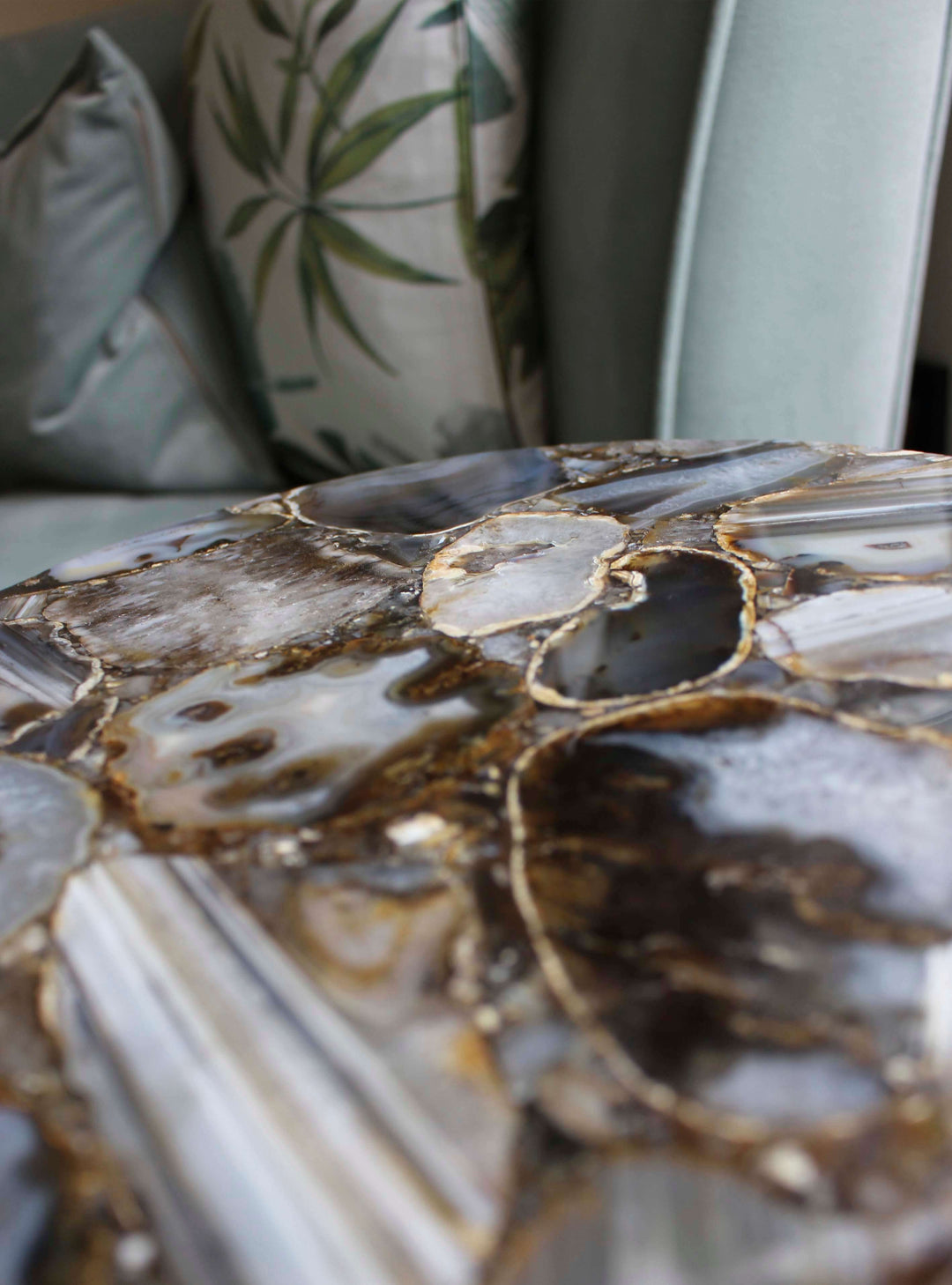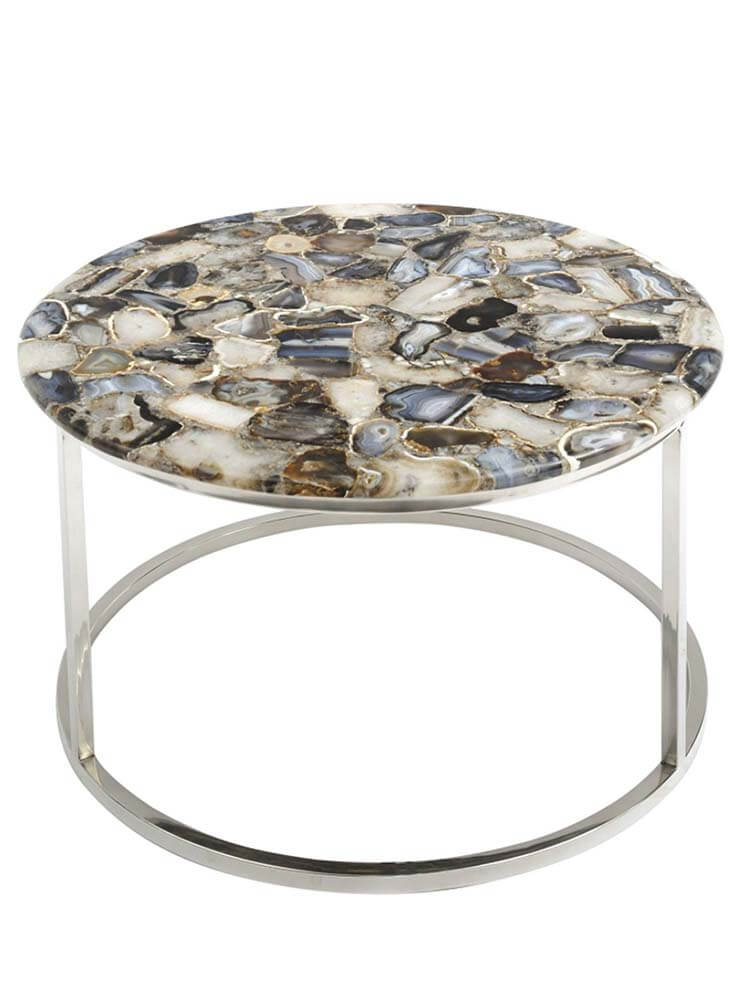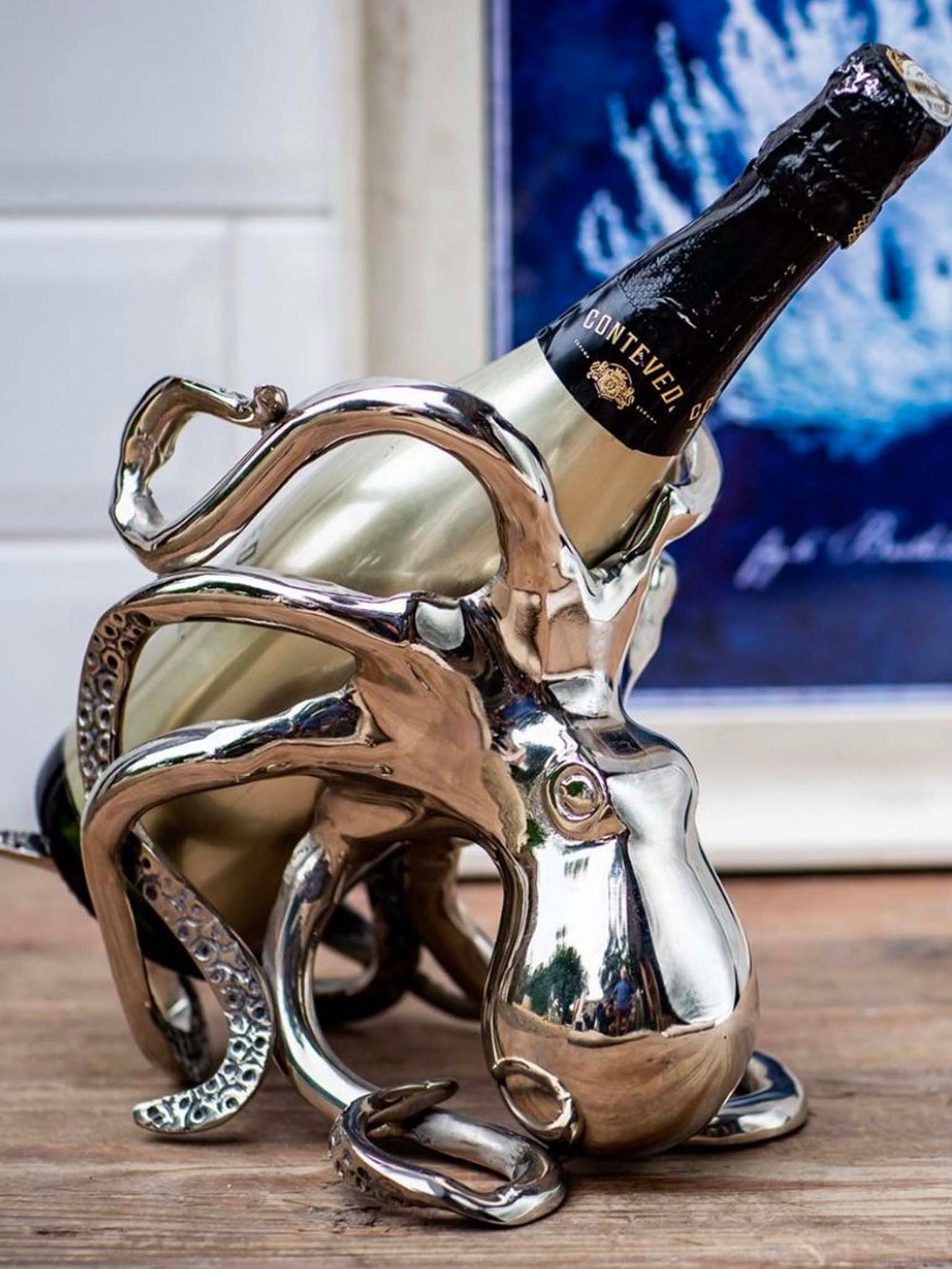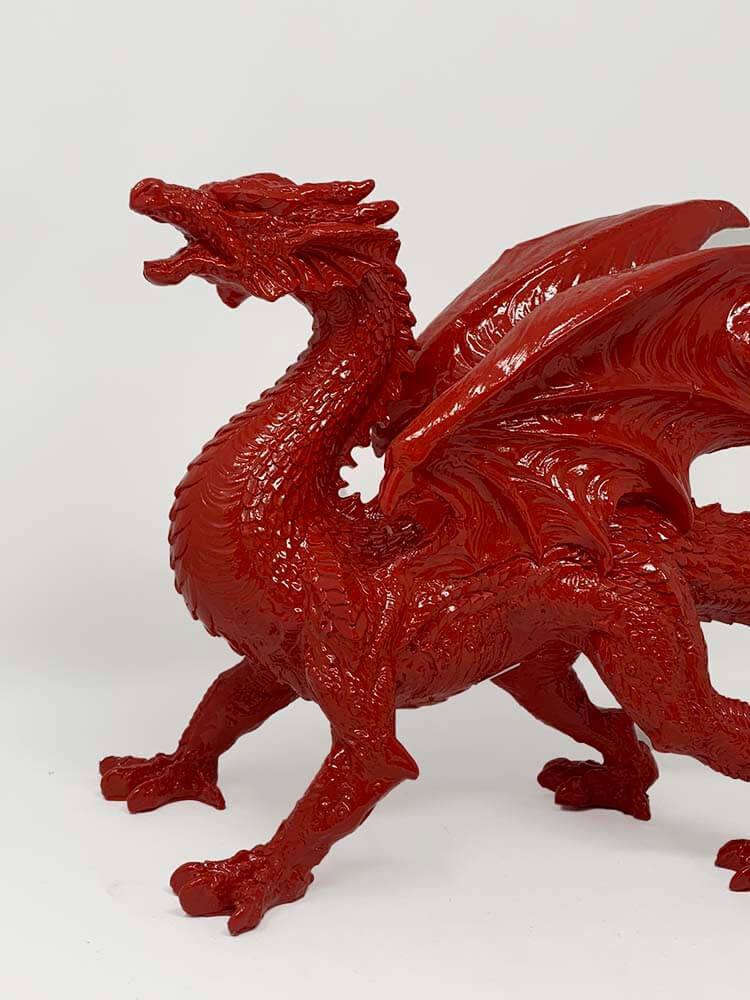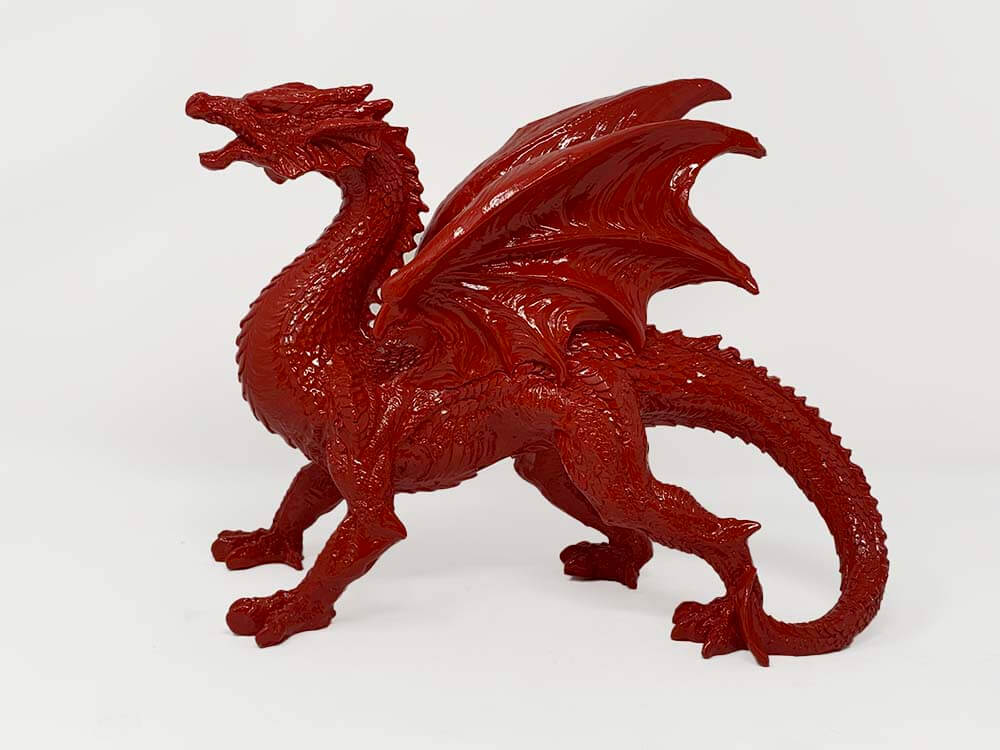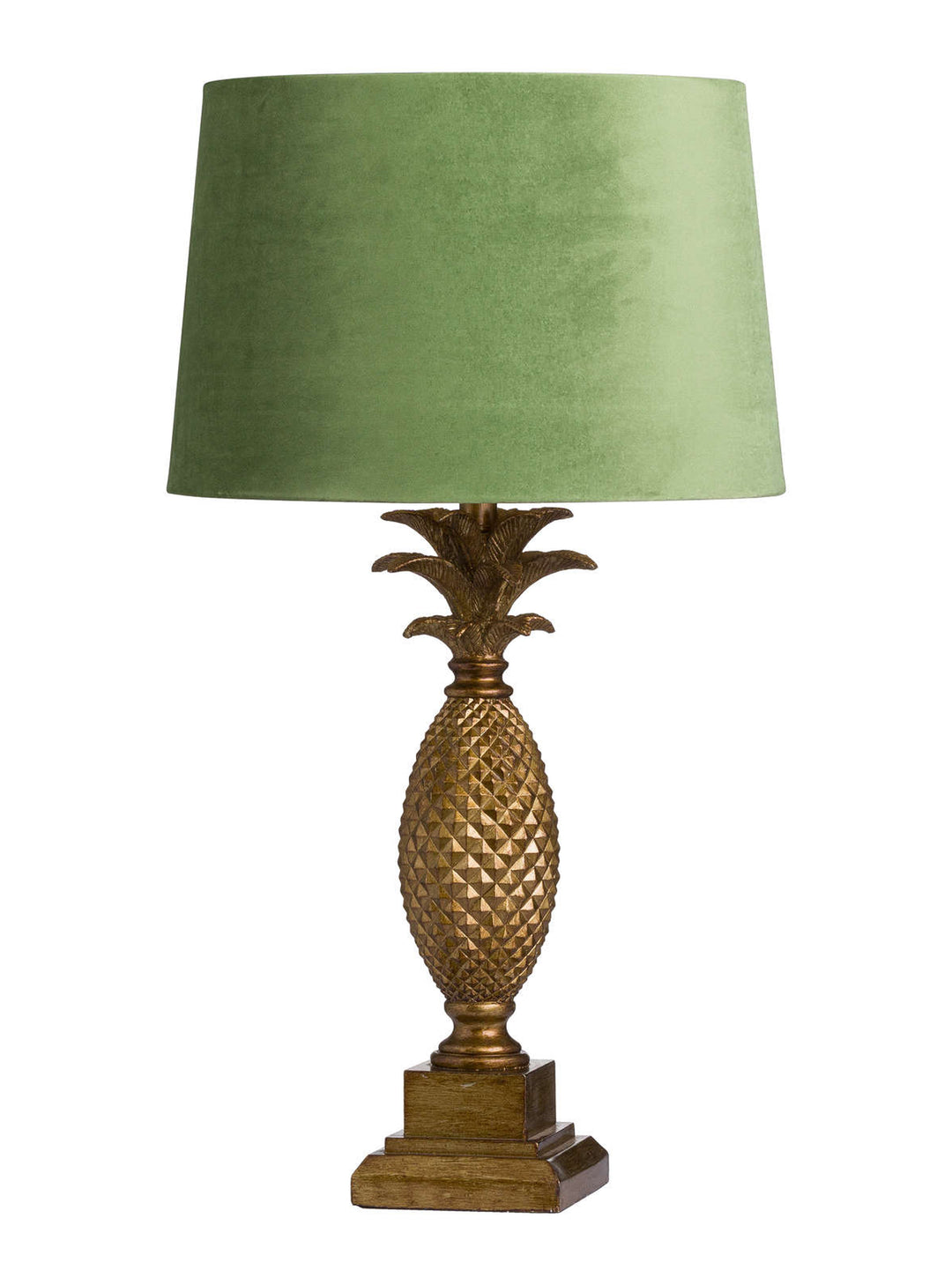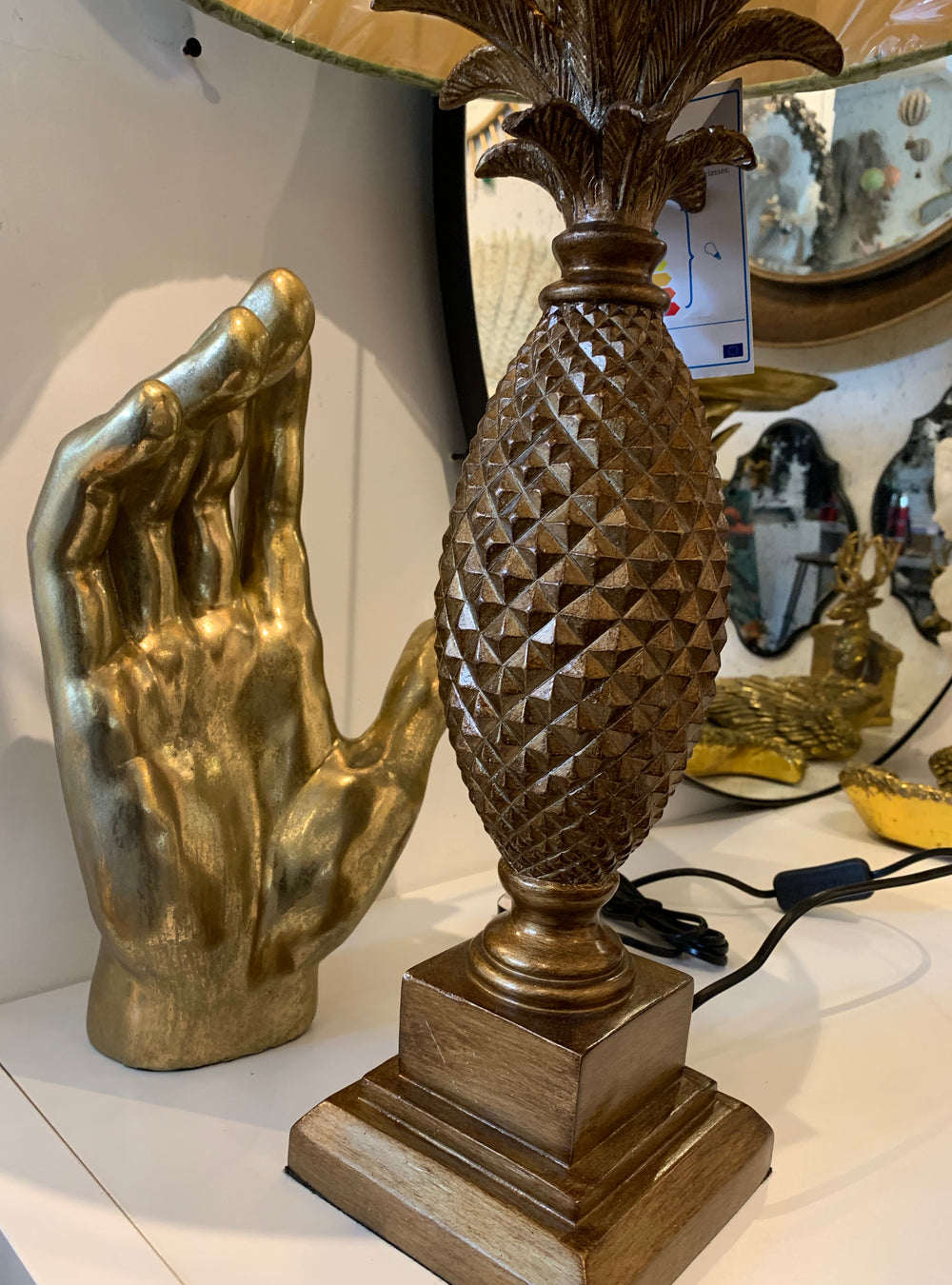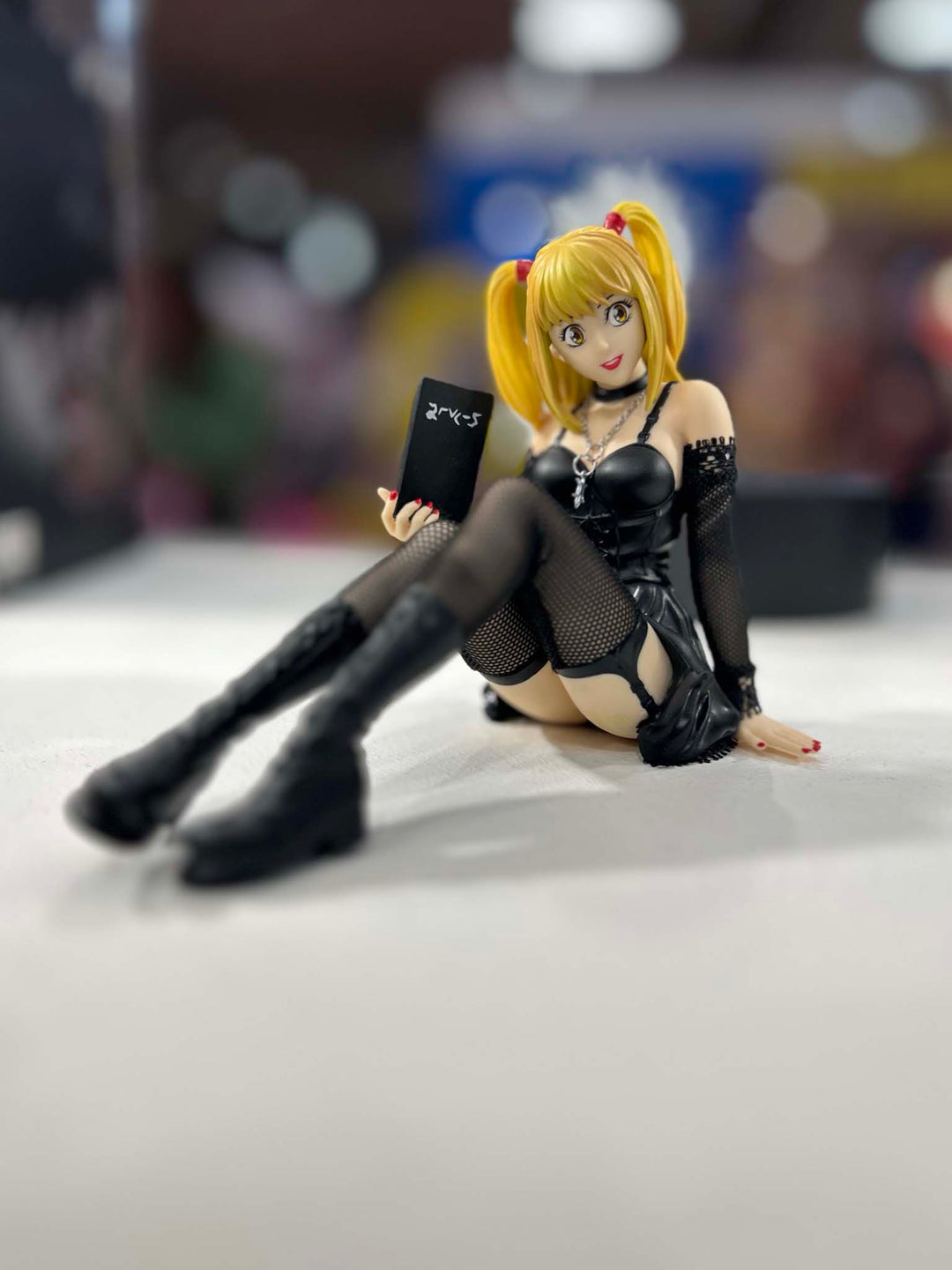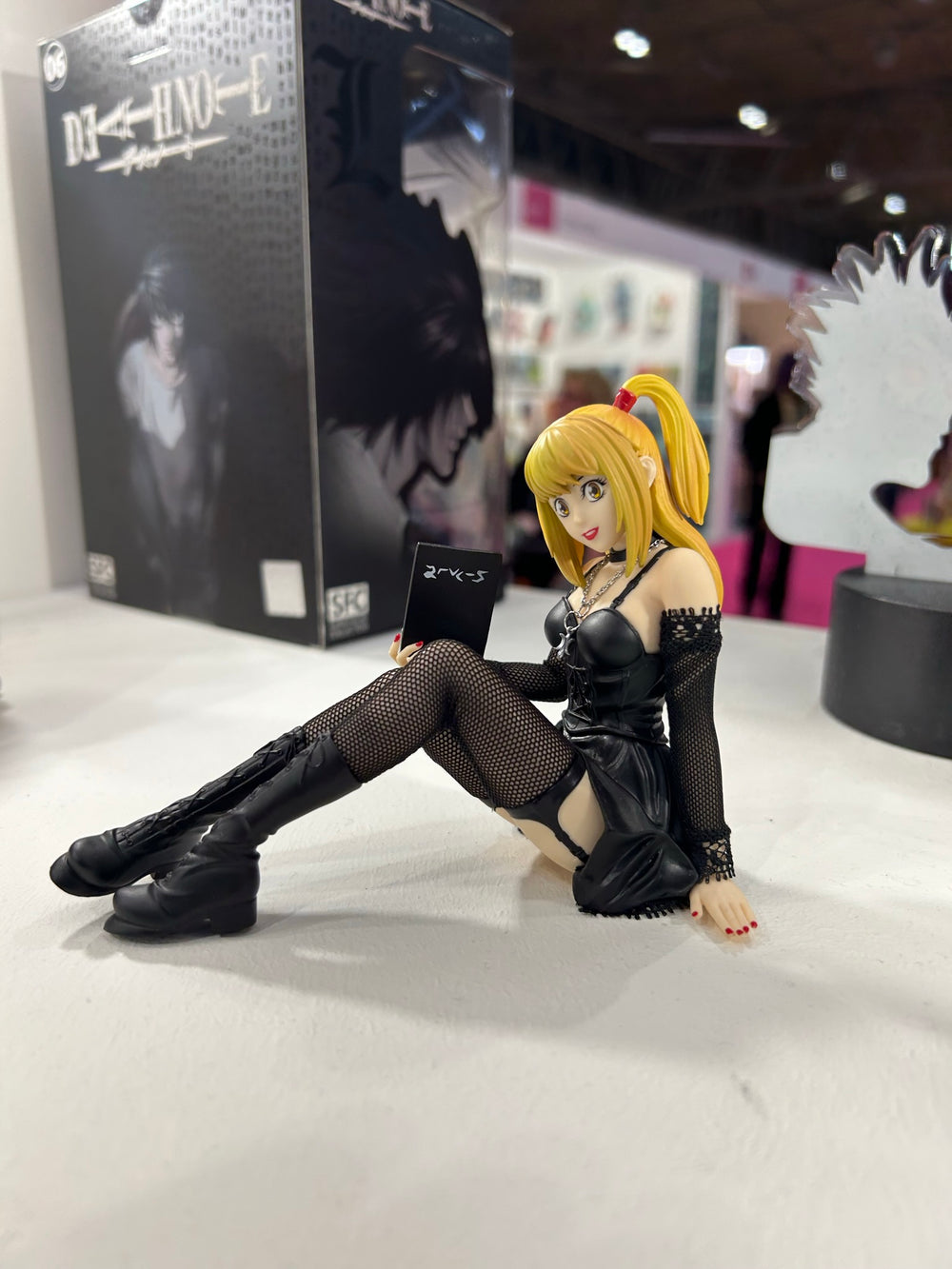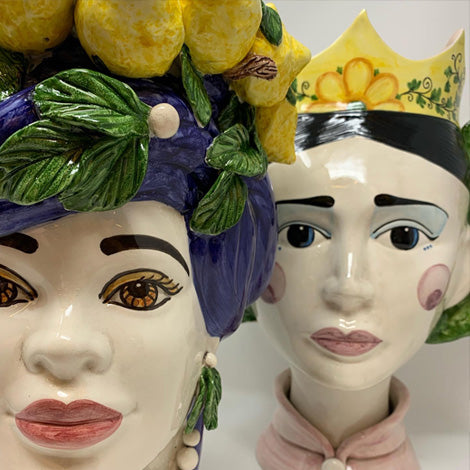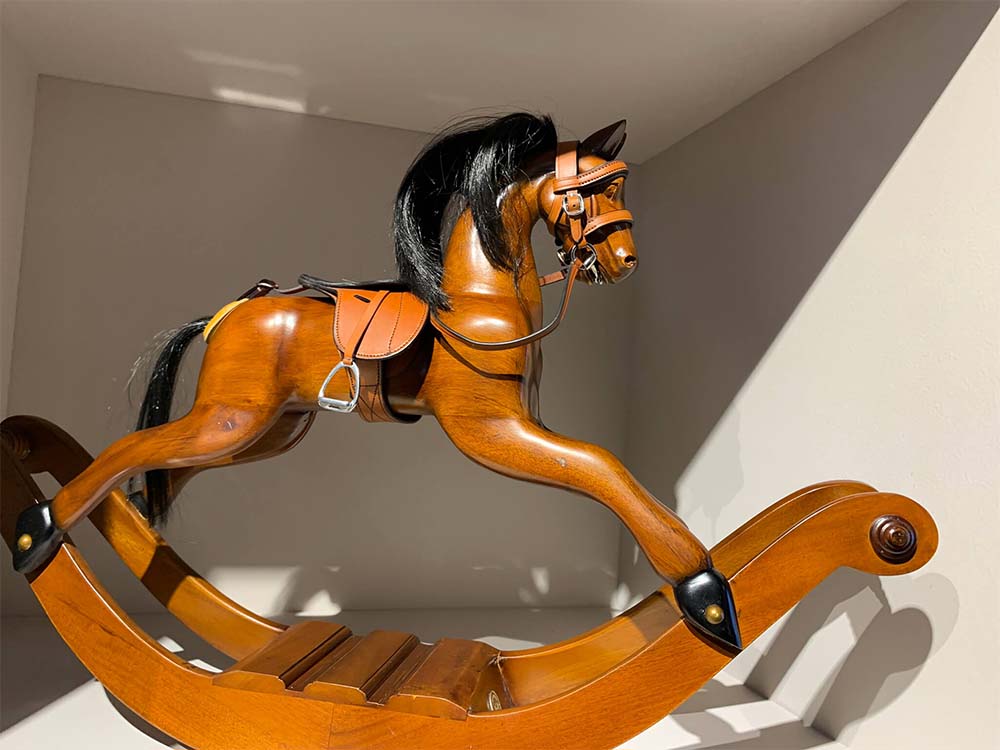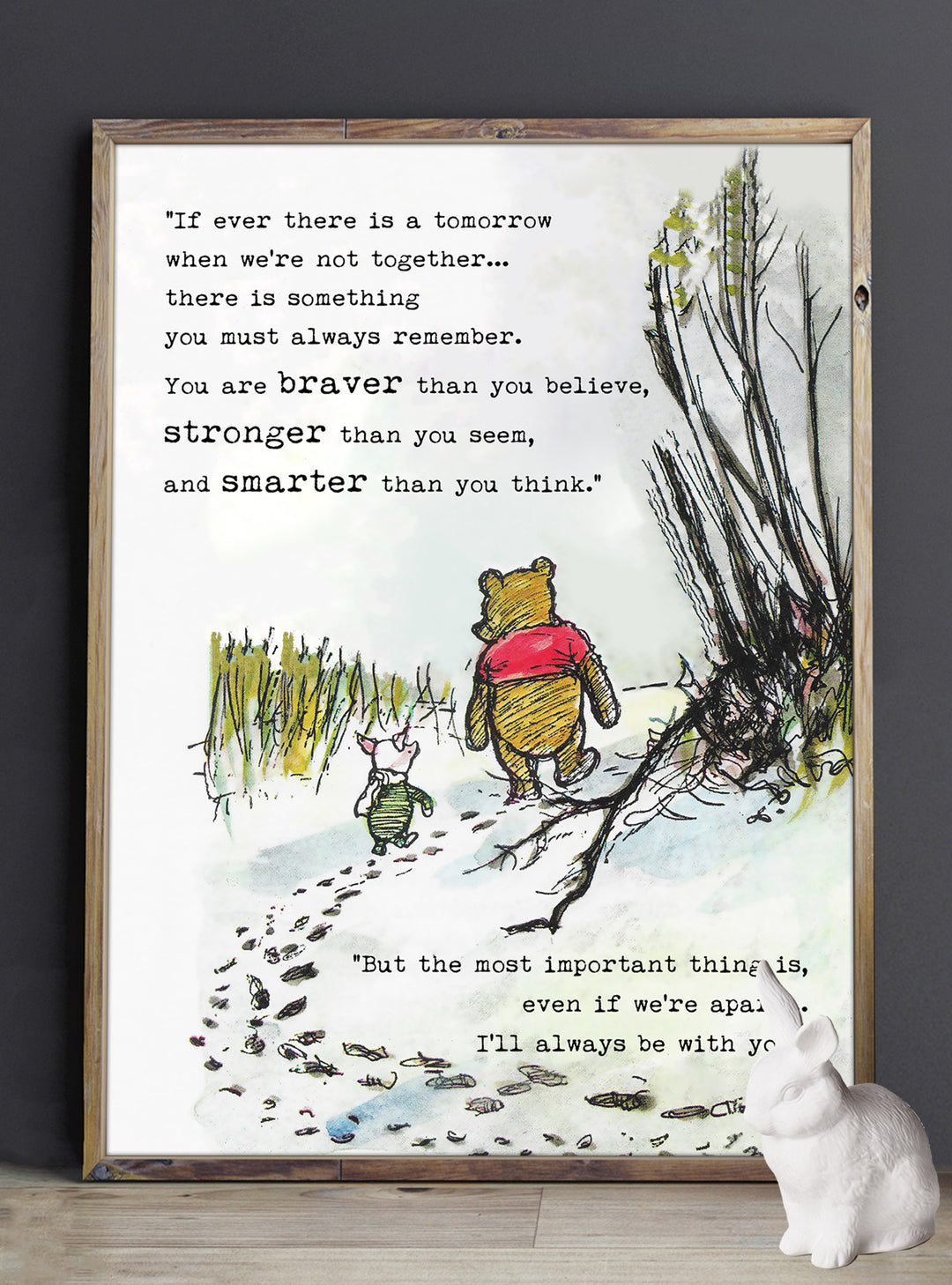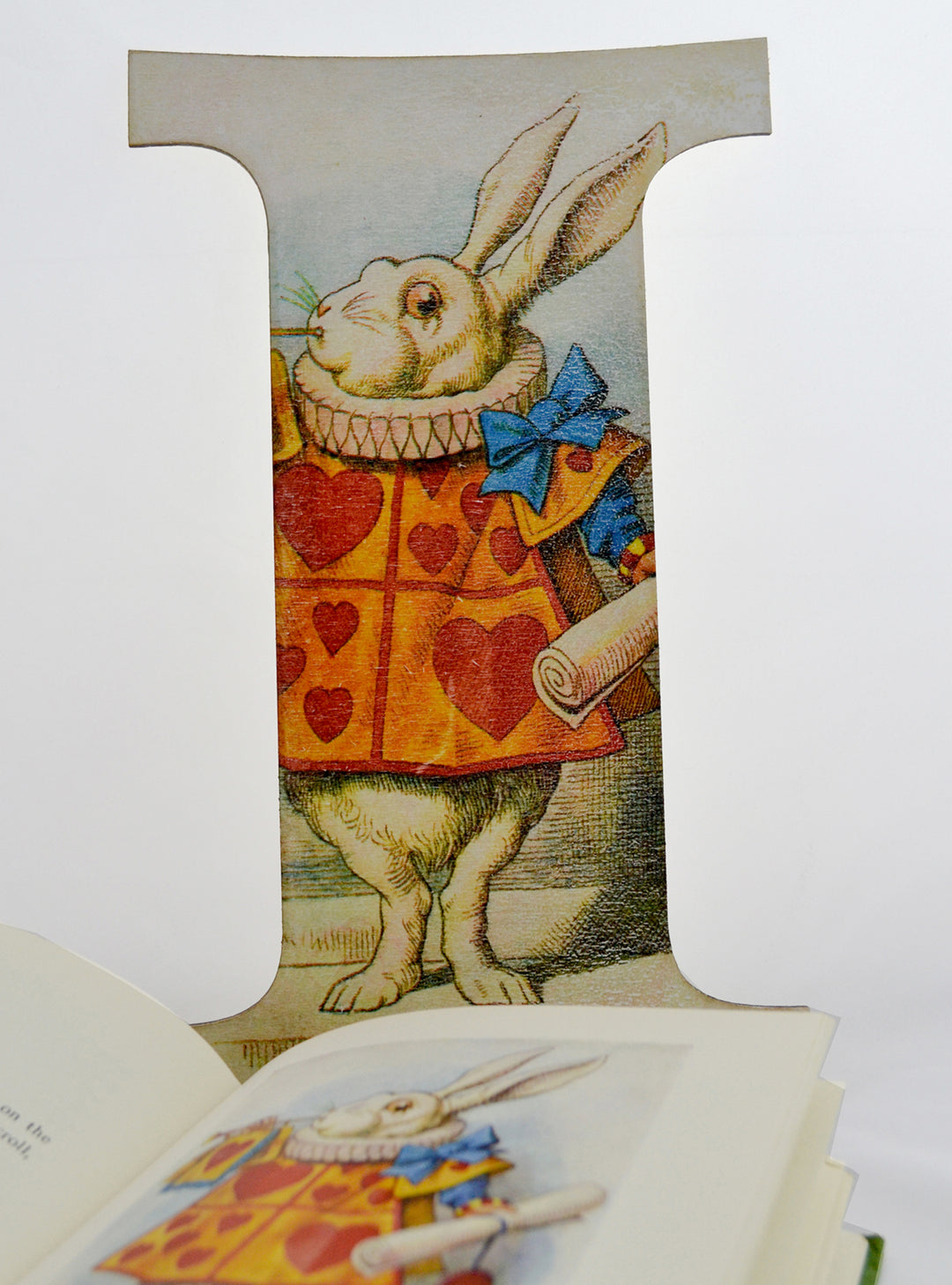How To Use Iron On Transfer Paper
Iron On Transfer Paper is commonly referred to as ‘T-shirt paper’ because it is often used to transfer images, text or a combination onto fabrics. Applications however are not limited to T-shirts and the paper can be used on aprons, cotton bags, pillowcases, tablecloths and even on hard surfaces such as wood.
If you are looking for information on how to use iron on transfer paper we have put together this handy guide that summarises some of the information on the subject.
Step 1: Washing the garmentDurability of the transfer will depend on how well the actual transfer process was done and how well you do to maintain and wash the garment based on some simple instructions.
When washing we recommend that you turn the garment inside out so the image or text do not rub against the machine or other garments. Next you should select a 40 degree wash with a full spin cycle. Most fabrics can exceed 15 washes and an average seems to stand on 20 washes. It is important to note that washing detergents that contain bleach will cause the image to fade prematurely.
Step 2: How to use the paper
Lay out the fabric.
Place the t-shirt or fabric on a hard, flat surface, and smooth out the shirt with the iron if the shirt happens to be wrinkly. The surface you're ironing on should be heat resistant (unlike an ironing board) and should be large enough to be able to iron the entire area of the transfer.
Avoid common mistakes;
– Ironing the image or text on an uneven or not solid surface (use a table or worktop).
– Using an iron which is not hot enough
– Not ironing long enough
– Not applying enough pressure while ironing
- If you're planning to iron on your transfer to a light colored fabric, you need to wait to peel the backing off of the transfer image until after it has been ironed on.
- If you're planning on ironing your transfer onto a dark fabric, the backing of the transfer is going to be peeled off before you iron on the design.
Place a piece of cardboard or a folded up brown paper bag inside the shirt directly underneath where the transfer image will be ironed on. Putting a barrier between the two pieces of fabric stops the heat of the iron from transferring the image onto both sides of the t-shirt.
Position the transfer. Place the transfer image-side down on the fabric. Put the transfer on the fabric precisely where you want the image to be.
Iron on the transfer. Ironing on transfer images differs from normal ironing with an ironing board. Iron on transfers need a lot of direct heat, meaning using an ironing board wouldn't really be efficient since ironing boards help to spread out and diffuse heat. Ironing on hard surface like Formica or a wooden cutting board would be especially useful for doing iron on transfers because they are good at retaining heat.
- Set your iron to the hottest setting so it can transfer onto the fabric properly, but do not use steam. Steam can greatly hinder the transfer's ability to adhere to the fabric.
- Disperse the iron's heat evenly. Iron the image by moving the iron around in large circles on top of the transfer paper. Focusing initially on the outside edges of the image, and gradually work your way inward to the center of the image. Be sure to consistently apply pressure and iron for about 3 minutes. Keep the iron moving to prevent scorching the paper and burning the image.
- Check to make sure the edges of the transfer are fully attached before you move onto removing the backing paper. If the edges are not fully stuck to the fabric, continue to iron the edges of the transfer. Be sure to apply steady and even pressure as you iron so the complete image is fully attached.
Wait for the transfer to cool. Turn off the iron when you're finished, and let the image cool down for a few minutes. If you take off the back of the transfer paper before the image is cool enough, you could disastrously mess up the image.
Gently peel off the backing paper.You'll want to start at one of the paper's corners.
Wash your fabric correctly. Wait at least 24 hours after you've applied the iron on transfer before you wash your fabric. You can ruin the transfer if you wash the fabric before the image has time to completely set.
Only wash and dry your fabric on a cool setting. If the transfer was done to clothing, turn the article of clothing inside out before you wash it. This adds a little bit more protection to your transferred on image. The more care you take with washing and drying, the longer your shirt will last.
Hand wash your fabric. An alternative to washing your fabric in the washing machine is to wash it by hand. To ensure a gentle cleaning of your fabric, you can try hand washing it with some light detergent. Don't bleach your fabric. To dry your fabric, try hang drying it rather than using a drying machine. This gentle drying will help make your transferred image last longer.


